
China's manufacturing sector posted its best performance in more than two years, adding to signs that the world's second-largest economy is stabilizing, official data showed Tuesday.
China's manufacturing Purchasing Managers' Index (PMI) rose to 51.2 in October from 50.4 in September, well above market expectations and the highest level since July 2014, according to data released by the National Bureau of Statistics (NBS).
The manufacturing PMI has stayed above the 50-point mark, which demarcates expansion from contraction, for the third month in a row. The sub-index for production expanded at a faster pace, rising to 53.3 from 52.8 in September and marking the highest level since September 2014. The sub-index for new orders moved up to 52.8 from the previous month's 50.9.
That helped offset weakness in new export orders, which came in at 49.2, down from 50.1 in September. Along with the boost in production and new orders, the business expectations measure jumped to 58.5, the highest level seen since April.
NBS statistician Zhao Qinghe attributed the pick-up in October's manufacturing PMI to improving domestic demand, booming new growth drivers such as hi-tech industries, and equipment manufacturing sectors, accelerating supply-side structural reform and higher commodity prices.
According to the NBS data, the non-manufacturing PMI expanded in October at a faster pace to 54 from 53.7 in September, marking the highest level this year.
The non-manufacturing sub-index for new orders fell to 50.9 from 51.4 in September, but stayed in expansionary territory for the second consecutive month, indicating demand in the sector continued to improve, Zhao said.
The data came before the release of the Caixin manufacturing PMI, a private gauge of manufacturing activity, which showed the index expanded at its fastest pace since July 2014.
The Caixin manufacturing PMI increased to 51.2 in October from 50.1 the previous month, according to a survey conducted by financial information service provider Markit and sponsored by Caixin Media.
Economists said the pick-up in both official and private PMIs means China's economy is heading into the fourth quarter with increased momentum, providing policy makers with more room to continue to shift their focus toward the control of financial and real estate risks.
The central government should ensure reasonable fiscal expenditure and enhance support for underdeveloped areas and provinces needing financial support, according to a statement released last week after a Political Bureau of the Communist Party of China (CPC) Central Committee meeting on economic affairs chaired by Xi Jinping, general secretary of the CPC Central Committee.
At the same time, the statement added, it must maintain a proper liquidity level and guard against asset bubbles and financial risks.
China's economy grew 6.7 percent in the third quarter of 2016, holding steady with Q1 and Q2 and boosting sentiment that this year's annual GDP target of 6.5 percent to 7 percent is achievable.
Chen Zhongtao, an analyst with China Logistics Information Center, said supportive policies should continue to maintain the stabilization of the economy, warning that growing external uncertainties and enterprises' higher operating costs caused by commodity price rises would weigh on growth.
















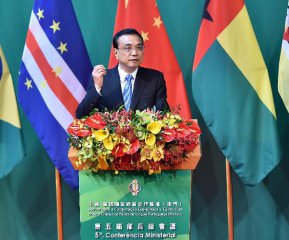

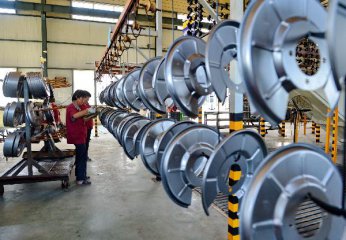
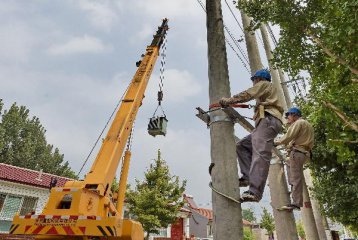
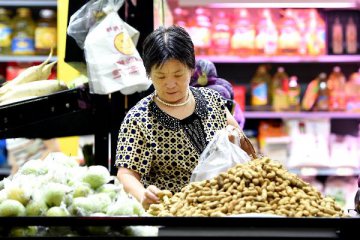
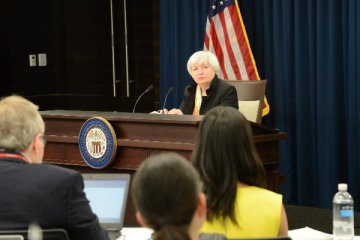


Latest comments